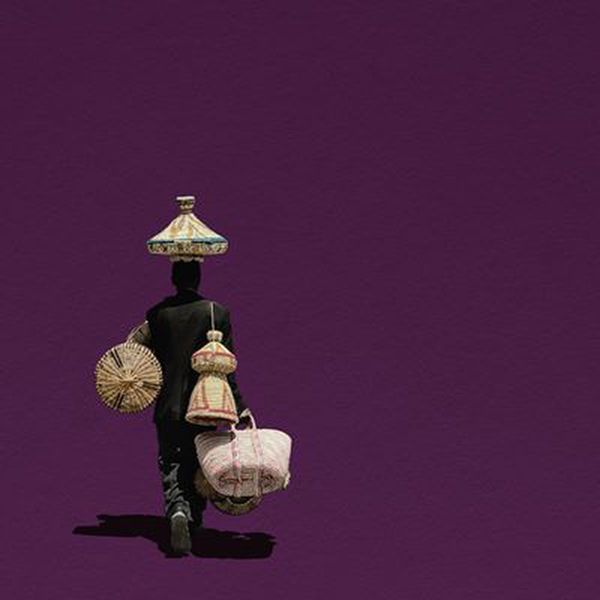
Taking the shot: Girma Berta breaks through
Deep within Ethiopia lies a creative force blossoming out from behind the censorship. Artist Girma Berta is the new face of African art
Words Amber Elias

Girma Berta is alone, insulated from the global art world by Ethiopia’s strict government controlled media. But he is not lonely; his art is filled with the faces of Africa’s poorest people on the streets of Addis Ababa. Berta is a self-taught photographer, whose images shot on an iPhone fuse street photography with fine art. His award winning series Moving Shadows I and II shows isolated persons, going about their daily lives, set against a large field of a single colour. In 2016, Berta won the Getty Images Instagram Award, and then in 2017 he was given the CAP Prize, both signalling the growing interest in his work, and in new African art internationally.
Berta represents the new form of African art, away from mass produced, tourist shop designs. By utilising digital media (interspersed with traditional photography) to create his art, Berta is a physical representation of the digital revolution sweeping across Africa, and is indicative of the creativity of the millennial African. Berta’s aesthetic is disarmingly direct.
He describes his motivation to create art is to show ‘the beautiful, the ugly, and all that is in between.’ His interpretations of the city’s residents are not only visually striking and shareable on social media, but open up conversations about a country that is closed off from the rest of the world. Berta’s images are not joyful, even though the bright colours used are often to signify happiness. ‘I love contrasting colours’, he explains. ‘It expresses the contrasting life I see throughout my photography.’
Berta manages to present his subjects in physical isolation, but one does not get the sense of loneliness from the community in which they reside, as they are often moving with purpose or carrying goods that will serve others. ‘By isolating my figures’, the photographer explains, ‘it becomes just about them without any distraction.’ The people Berta shows often intimate poverty, but we do not see them as victims needing our help. Berta refuses to romanticise his subjects, and presents them without commentary. Interested in ‘compositional harmonies that are brought about by the skewed placement of figures’, the viewer’s perspective is intensified by the use of space and the position of the figures in the corners of the image.
The final product is the result of digital manipulation of the image, which is at odds with the simplicity of the subject’s actions. Berta’s contemporary and technical approach to art is also in contrast to the simple acts of manual labour carried out by his subjects, and has been criticised at distancing the audience from the ‘realness’ of the art. But Berta’s art is neither distant or judgemental. Instead, it belongs to a burgeoning global interest in a point of view that art can exist in both the classical and technical realms simultaneously


